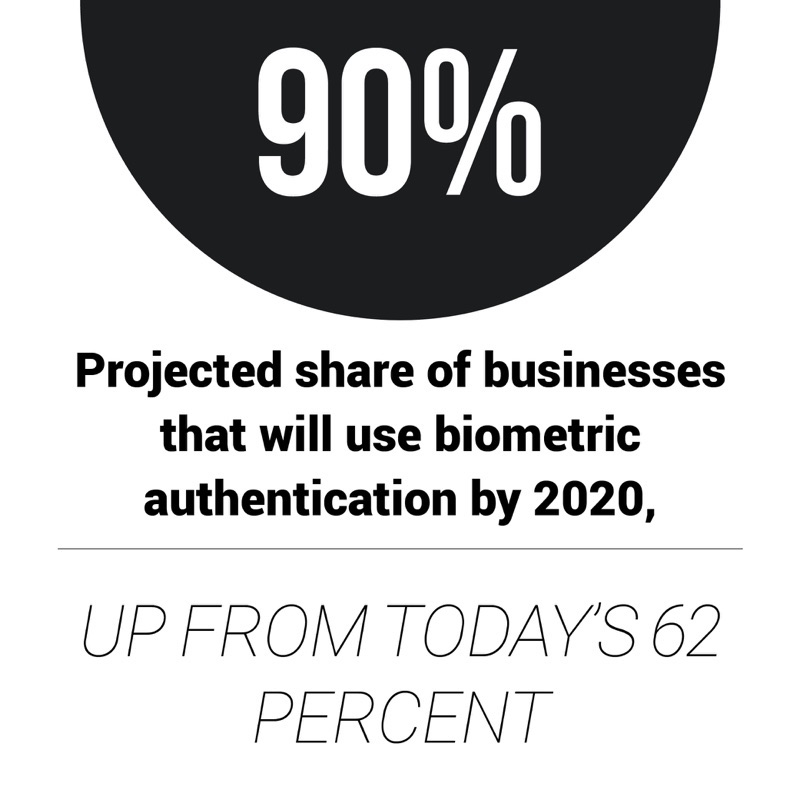TRENDING: Identical Twins Highlight Need To Double Up On Biometrics

Face and voice recognition technologies are gaining popularity in the fast-evolving world of biometrics. But even these authentication solutions need safeguards in place to ensure they aren’t fooled by passable sound-alikes, or even lookalikes.
In the April Digital Identity Tracker™, PYMNTS highlights the latest developments that are helping companies and governments authenticate customers, users and citizens. Plus, how authentication technology is evolving to better understand user behaviors.
Notable Digital ID News
The voice recognition technology market is poised to grow in value to $1.66 billion by 2025 in Europe alone. And as the market grows, several companies are making their voices (and voice solutions) clearly heard.
 One such voice authentication solution provider is Phonexia. The company recently added a new feature to its speech platform that uses deep neural networks and machine learning to pinpoint unique characteristics in an individual’s voice to establish a more accurate voice print profile.
One such voice authentication solution provider is Phonexia. The company recently added a new feature to its speech platform that uses deep neural networks and machine learning to pinpoint unique characteristics in an individual’s voice to establish a more accurate voice print profile.
Another voice-based solution is being put to use to make call centers more efficient. A recent partnership between customer service solutions provider Enacomm and telecommunication and security consulting provider VOX Network Solutions will enable call centers to use artificial intelligence (AI)-based voice assistants, including Amazon Alexa and Google Home, to more efficiently direct incoming calls. The solutions will allow callers to use voice technology to authorize certain financial transactions.
In the U.K., a different partnership was recently launched with the aim of fighting invoice fraud, an issue that affects roughly a quarter of U.K. SMBs and one that can cost businesses “thousands of pounds.” To address this trend, NatWest recently announced a joint effort with Mastercard-owned consulting company Vocalink Analytics to use AI and machine learning to more quickly detect potential fraud.
Deep Dive: GDPR and the New Rules of Data Handling
Across Europe, the region is preparing for the rollout of the General Data Protection Regulation (GDPR) mandate next month. Once live, the new regulation will put strict requirements on how companies active in Europe handle personal data of customers, clients and employees, and could include fines and sanctions for companies whose efforts fall short. This month’s Tracker includes a Deep Dive on the upcoming GDRP framework and the changes it will bring to businesses that are active in the European Union.
How Facial Recognition Falls Short – and Iris Scans Shine
Technology that can discern one user from another has advanced rapidly in recent years. But every now and then, a scenario comes along that throws even the most advanced authentication systems for a loop.
Take facial recognition technology and identical twins, for example. Like the human eye, this technology frequently fails to detect one twin from the other, meaning the opportunity for identity theft is ripe if one twin decides to go rogue. That’s why, as University of Notre Dame computer science and engineering professor Kevin Bowyer recently told PYMNTS, multi-factor biometric authentication solutions, like fingerprint or iris scans, are important to ensure a user’s identity is thoroughly authenticated – even in the improbable case of identical twins. For the April feature story, Bowyer discusses his biometrics research findings and how the technology was recently put to the test to ensure clean elections.
To read the full story, download the latest issue of the Digital Identity Tracker™.
About the Tracker
The Digital Identity Tracker™, sponsored by Jumio, is a forum for framing and addressing key issues and trends facing the entities charged with efficiently and securely identifying and granting permission to individuals to access, purchase, transact or otherwise confirm their identities.

